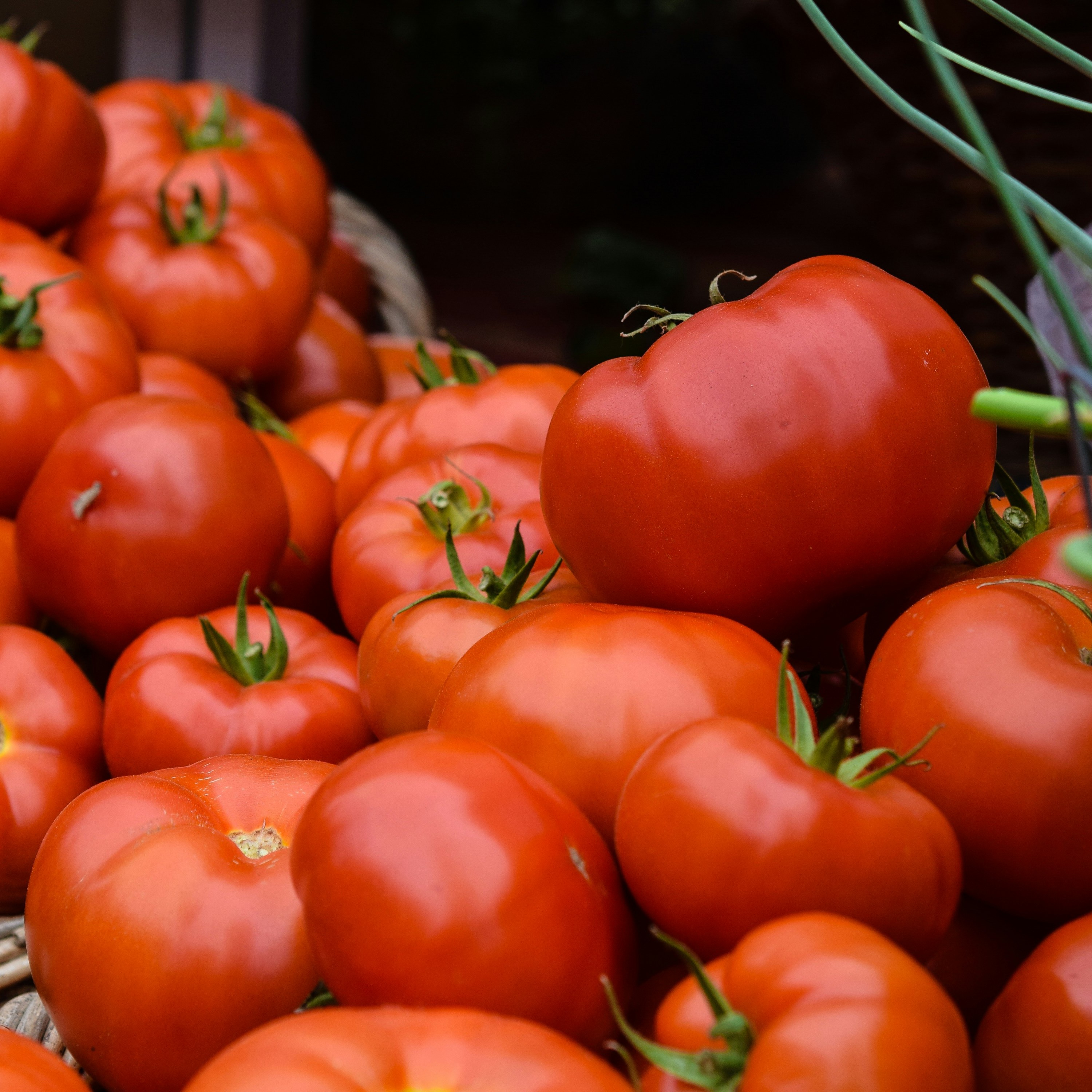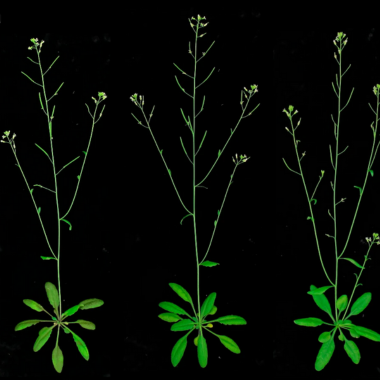MPS Alumnus Leah Johnson: How plants respond to environmental threats with proper defense
Article Highlights
- In plants, the jasmonate (JA) signaling pathway helps plants control their defense responses to environmental stresses
- A study from the Howe lab looks at how plants respond to environmental threats in the correct way
- The research shows that different JAZ subsets control different responses
In plants, the jasmonate (JA) signaling pathway helps plants control their defense responses to environmental stresses. Like the human body, plants respond differently to individual threats. Just as people wouldn’t get a fever due to a sprained ankle, plants deal with harmful elements in particular ways.
A study from the MSU-DOE Plant Research Laboratory (PRL) Howe lab looks at how plants respond to environmental threats in the correct way. This study was published in New Phytologist.
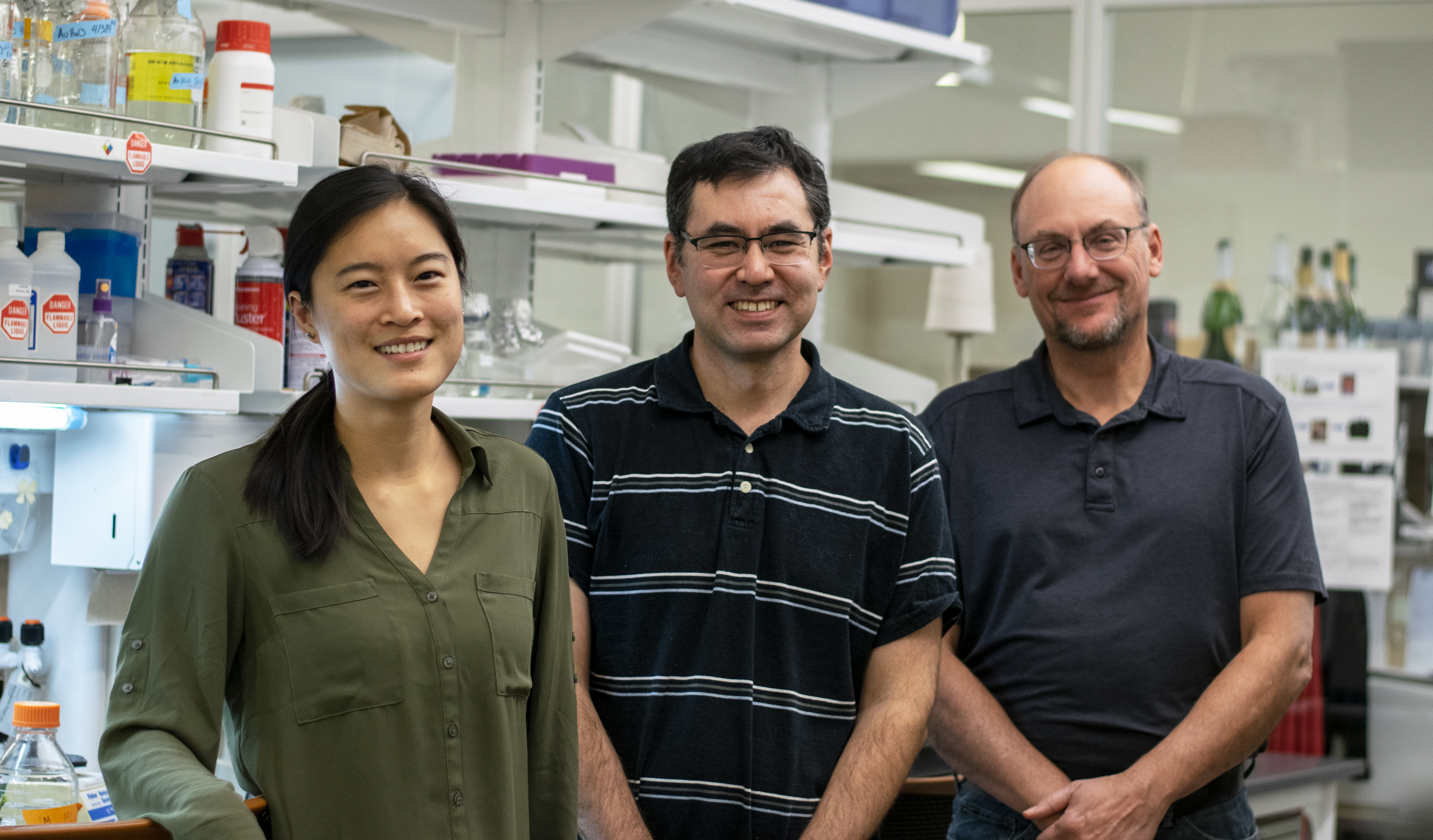
By Victor Di Rita, 2019
“Plants encounter so many environmental stressors, including biotic stressors like pathogens or insects,” said Leah Johnson, co-first author on the study and former graduate student in the Howe lab. “It can be really energy intensive for them to produce all these defense responses.”
Researchers have known that the JA signaling pathway controls defense responses for some time, but they were still seeking to understand how appropriate plant responses to different threats can be turned on or off as needed. JAZ and MYC proteins were known to have opposing effects on this pathway: JAZs keep the pathway off and the MYCs can turn the pathway on. Most plants have several copies of the JAZs and the MYCs and one common idea is that those multiple copies help plants fine-tune their responses.
“The real breakthrough of the paper is showing that different JAZ subsets control different responses,” said Ian Major, co-first author on the study and former postdoctoral researcher in the Howe lab.

By Kurt Stepnitz, © 2006 University Relations - Michigan State University
The researchers grew mutant Arabidopsis thaliana plants which were missing most of their JAZs. As JAZs keep the defense responses under control, their removal results in an uncontrolled defense response, somewhat analogous to autoimmunity. Because the mutant plant was spending so much energy on defending itself from all threats, even if those threats were not present, it had less energy to grow. The plants were smaller and produced fewer seeds than their counterpart found in the wild.
This mutant was cross bred with wild-type Arabidopsis plants to generate offspring with different sets of missing JAZs. Some of those offspring showed increased levels of defense involved in protection against necrotrophic pathogens, which feed on dead tissue. By examining which JAZs were missing in those plants, the researchers were able to identify what part of the JA pathway allows for this defense to be turned on and off.
“We were able to show that with JAZ regulators, a certain set controls insect defense, and a completely separate set seems to control resistance to necrotrophic pathogens,” Major said.
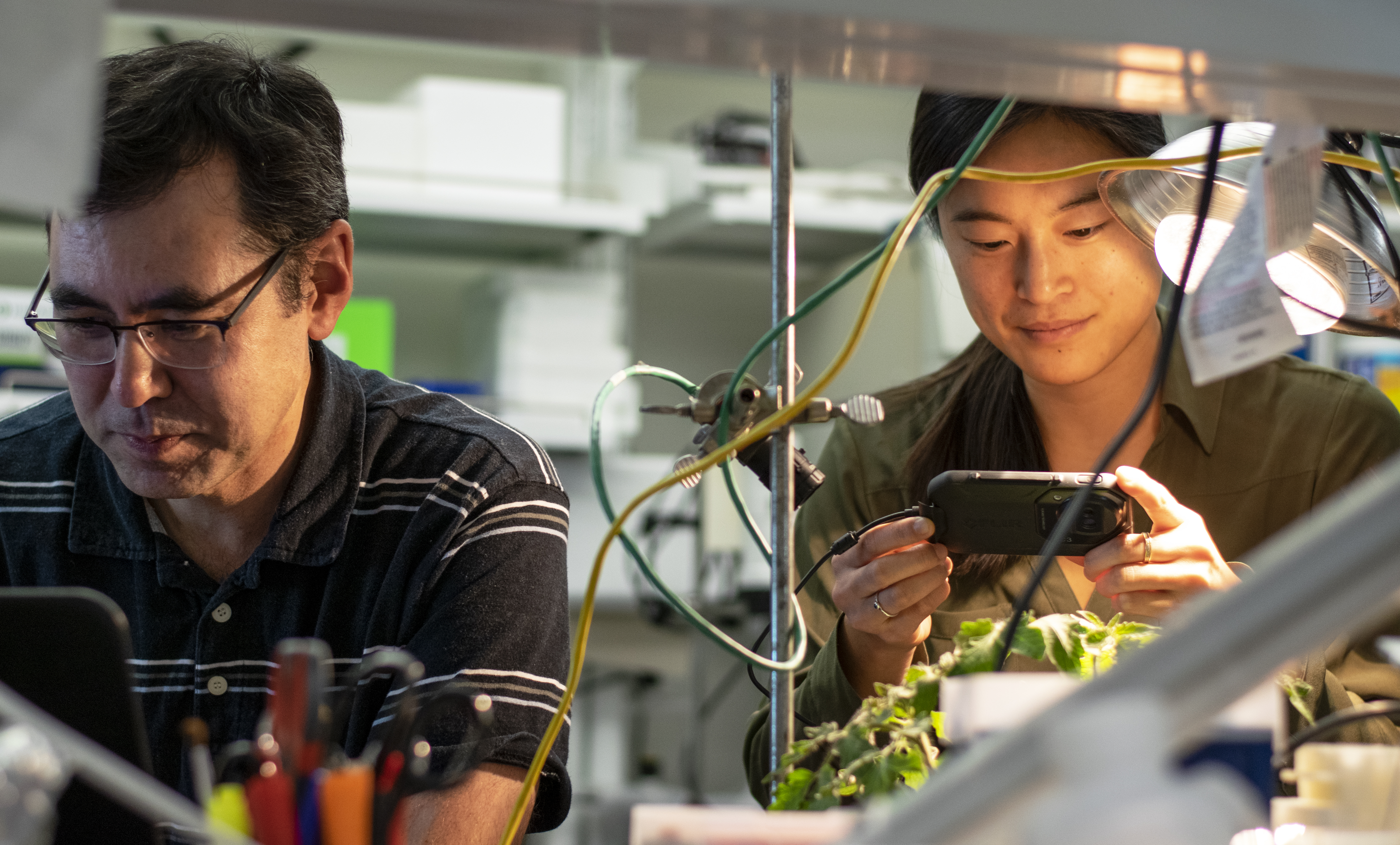
By Victor Di Rita, 2019
Johnson continued: “We found that subsets of these families [JAZ and MYC] differentially regulate responses to insects versus necrotrophic pathogens. This suggests that these families obtained distinct regulatory functions at some point in plant evolutionary history and suggests a mechanism for how plants can respond correctly to different stressors.”
In the future, this work has potential to be applied to crop plants, activating defenses to insects or pathogens, without expending too much energy, to help them fight off these threats.
“The identification of plant regulatory genes that specifically control the partitioning of photosynthetic products creates new opportunities to engineer plants for enhanced yield and stress resistance,” said Gregg Howe, the primary investigator on this paper and MSU Foundation Professor in the PRL and the Department of Biochemistry & Molecular Biology.
A new path
Since working together on this research, both Johnson and Major have started down new career paths outside of MSU.
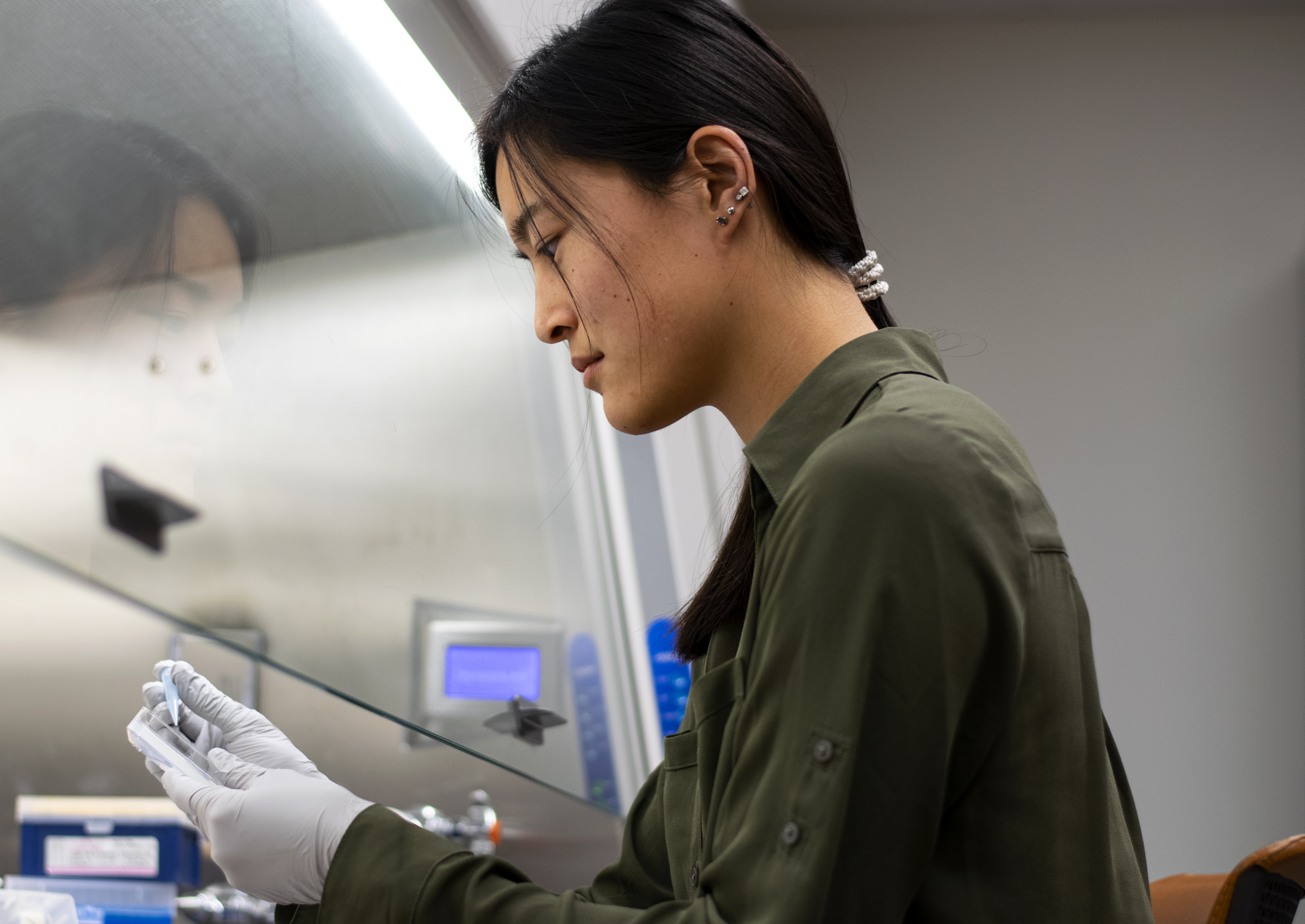
By Victor Di Rita, 2019
Leah Johnson
Johnson graduated with her PhD in Cell & Molecular Biology and Molecular Plant Sciences in fall of 2022. She is now a postdoc at the Los Alamos National Lab in New Mexico.
Half of her time is spent with the National Microbiome Data Collaborative, where she is on the engagement team. Her team works on outreach and education, providing training opportunities on FAIR (Findable, Accessible, Interoperable, and Reusable) data practices and metadata standards. She also conducts user research, where she talks to the people who use their products and sees how they can make the products better meet community needs.
The other half of her job sees her working on bacterial-fungal interactions. The researchers look at cross-kingdom interactions to better understand how they can impact microbial community function such as the impacts on the hosts and the surrounding environment.
“I was brought onto this team to help with the plant-microbe interaction components of this grant, but I was also interested in learning more about microbiology and getting more into the plant-microbe interaction field,” Johnson said. “Having the background in specialized metabolism and signaling has really been beneficial in transitioning to this new research area.”
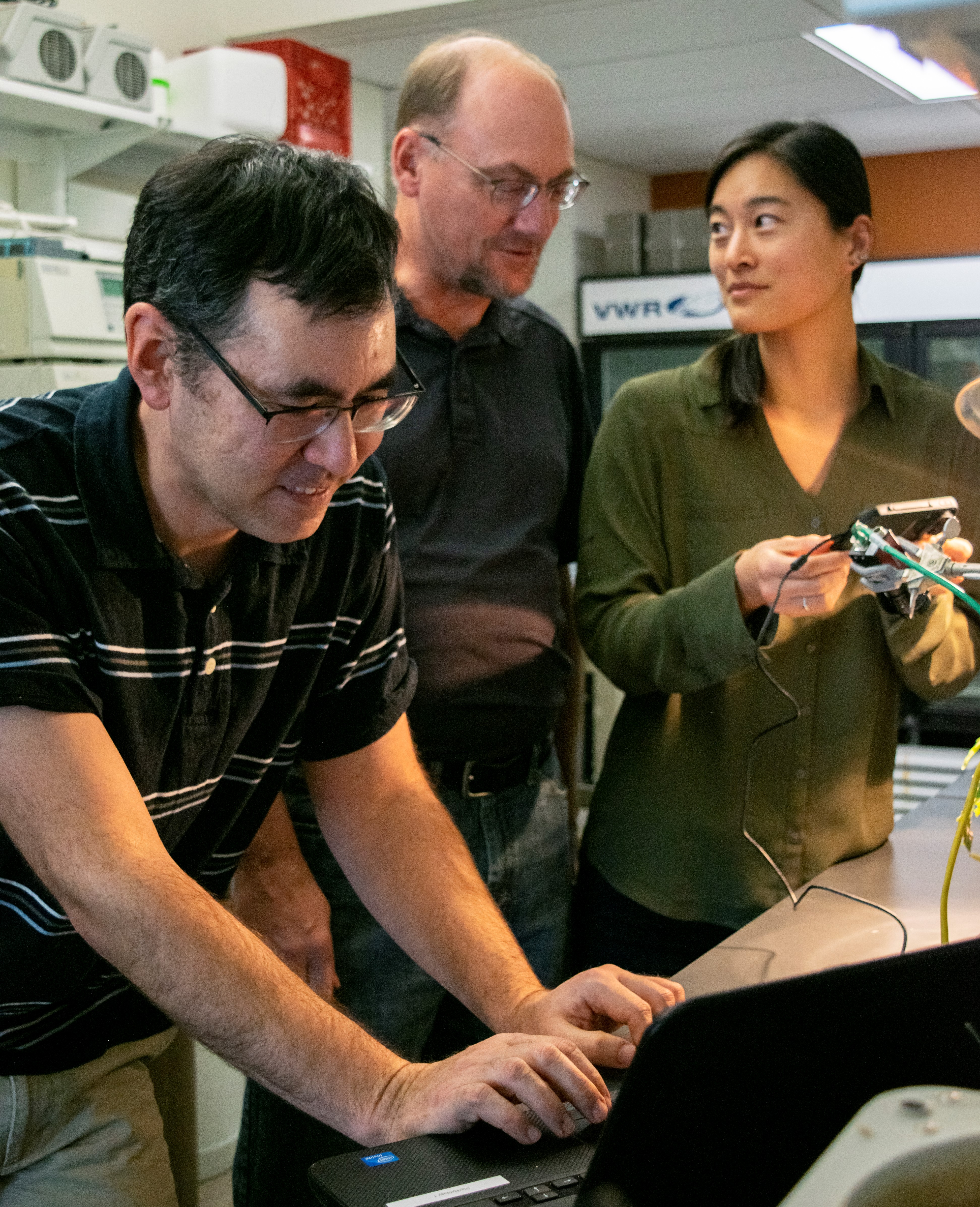
By Victor Di Rita, 2019
Ian Major
Major is now located in Quebec City, working as a research scientist with the Canadian Forest Service.
“I went from among the smallest plants to now working with trees,” he remarked.
Much of the work he is doing is in ecophysiology – looking at how an organism interacts with its environment – and genomics – the study of genomes.
“I have had a sound training in genomics, ever since I did my PhD,” he said. “At MSU, we measured many aspects of plant growth in the Howe lab, and I also worked with Tom Sharkey and Dave Kramer to measure photosynthesis. I gained this ecophysiology knowledge that I am applying a lot now.”
Major joined MSU as a postdoctoral researcher in 2010 and obtained his PhD in Forest Biology from the University of Victoria.
This work was funded by the Chemical Sciences, Geosciences and Biosciences Division, Office of Basic Energy Sciences, Office of Science, US Department of Energy (award number DE-FG02-91ER20021), the National Institute of General Medical Sciences of the National Institutes of Health, the Visiting International Professional Program – Office of China, the Michigan AgBioResearch Project and a Dissertation Completion Fellowship by the MSU College of Natural Science.
By Kara Headley

